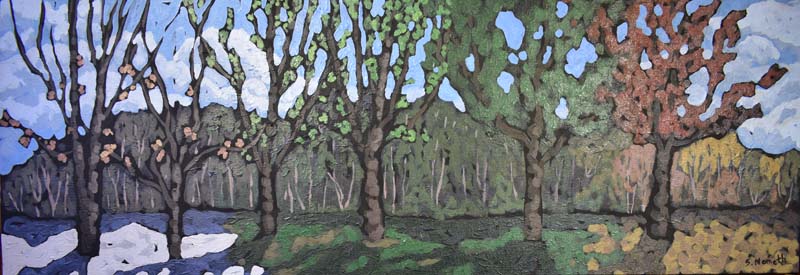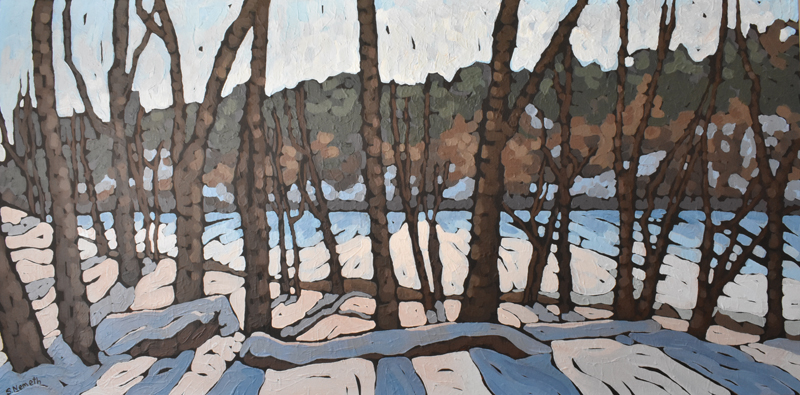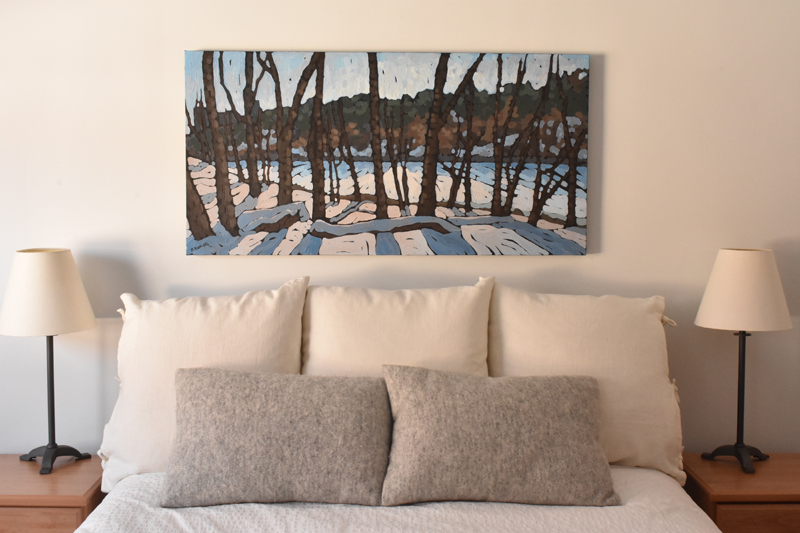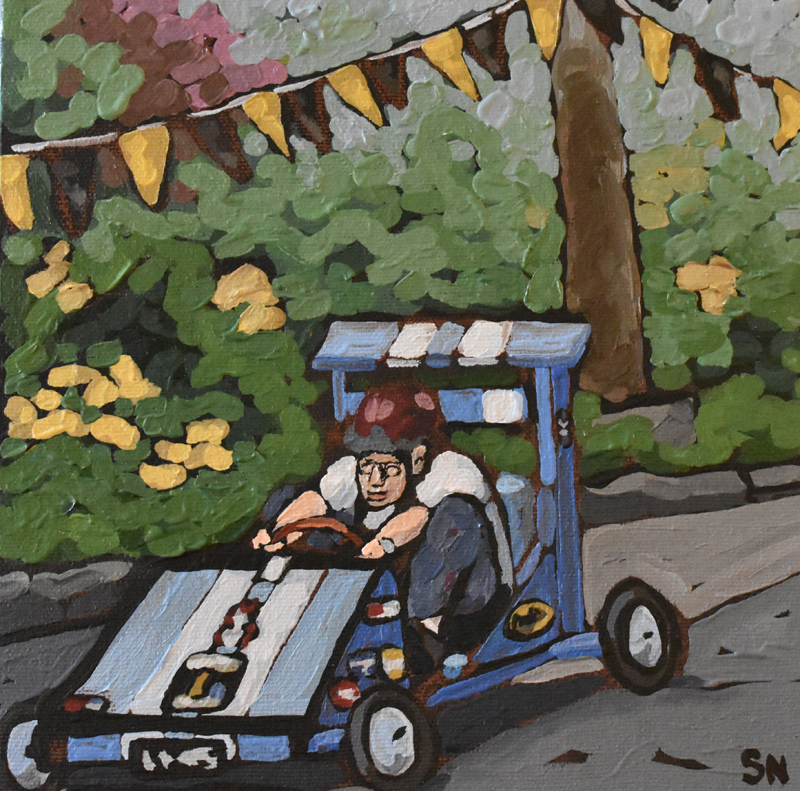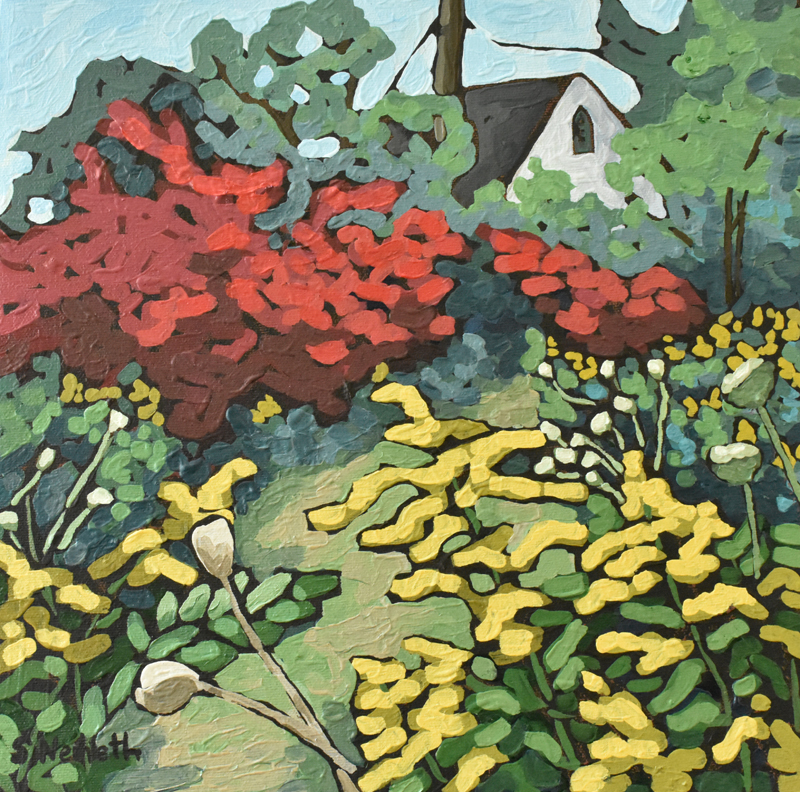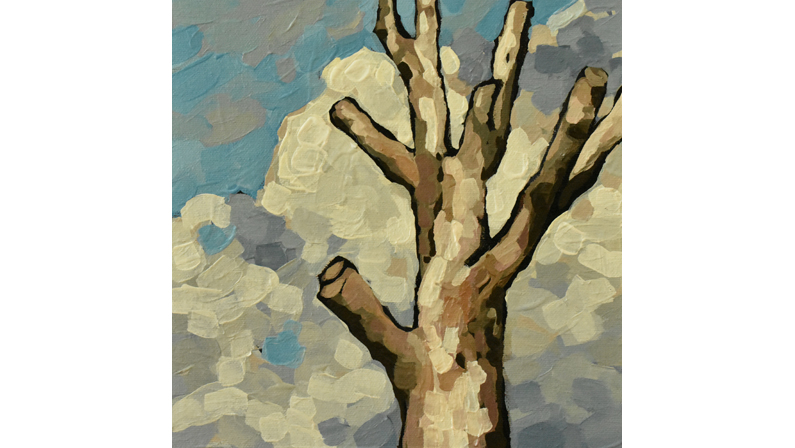Story by AJ Alberti
“In the way that we tend to take for granted so many of the fundamentally important things in life I have never really thought of High Park in thematic terms. But in doing so now I discovered that there is a thread connecting my many years’ worth of activities in the park.
I have lived within walking distance of High Park since I moved to the area 44 years ago. In all that time the park has played a big and varied part in my life. Its natural areas have offered me a quiet retreat from the daily hustle. I have ridden and run and hiked on its paths, both paved and unpaved. My children have played on its sports fields, sung and danced in its picnic areas, planted in the Children’s Garden. As a family we enjoyed performances of Shakespeare’s plays, picnicked with friends and neighbours and helped build – and later, rebuild – the Jamie Bell Adventure Playground.
Through my 10-year participation in the Sunday Walking Tours I have learned much about the history, geography and natural features of the park. And I have made many good friends among the committee volunteers and the folks who come often to enjoy the walks.
Yet for all this the thing that centres my feelings for High Park is the friendship that brought me here in the first place. I came to Toronto in 1971 to study at U of T. Knowing nothing about the city I rented the first appropriate apartment I found, affordable and conveniently located in a quiet neighbourhood near Yonge and Eglinton which was the end of the subway line at the time.
Within a couple of months I met Jim. He lived on Algonquin Avenue, just off Parkside Drive. As we were discovering the great number of mutual interests which formed the basis of our long friendship Jim often extolled the beauties of the park and surrounding neighbourhoods, always suggesting – no, make that insisting – that I relocate. After two years I “saw the light” and from 1973 to 1983 I lived on, or within a block of, Roncesvalles Avenue, only two or three blocks from the park.
It was then that the park became “my back yard” and our common ground. We walked through it. We took dates there, rented boats and rowed on Grenadier Pond. We listened to music there. We cycled together until Jim decided to try racing and I couldn’t keep up. We practiced cross-country skiing on High Park’s snow-covered fields. We relaxed with a coffee (alas, never a beer) in the restaurant.
Inevitably, life moved forward. We got real jobs. We bought houses – he near Port Perry, which seemed so far away, and I in The Junction, still within walking and jogging distance of the park. I was Best Man at his wedding; he was my children’s favoured “Uncle Jim”. But in spite of the physical distance separating us the early bond we had formed in and around High Park sustained a lifelong friendship.
The last time I talked to Jim I was in High Park on The Naked Trees of Winter Walking Tour. My cellphone rang and it was him calling from Sicily, where he was vacationing. A week later he was dead. So the park kind of book-ended the beginning and end of our time.
And so I have come to realize that High Park has been at the centre of many of the most important friendships that have enriched my time in Toronto. Family, neighbours, friends of all sorts have had experiences and adventures in the park. Friendship has indeed been the common theme of the happy memories I am reminded of at every visit. High Park is many things to me but above all, it is friendly ground.”
Note from the artist:
I sat on a bench in High Park waiting for inspiration for this painting. For some reason as I sat there I felt compelled to turn around and read the inscription on the bench. It read…
“May you know that absence is alive with hidden presence, nothing is ever lost or forgotten”
I thought about how the friendships from our past continue to nurture our present lives. A tree that has died if left in place (called a snag) will continue to support a forest by providing habitat for birds, small mammals and insects (in fact, one article I read stated that snags provide more habitat than living trees!). How reassuring to realize that nothing is ever lost. That although a friendship may be absent, it continues to live within us, to enrich us, to feed our souls and provide habitat for our growth.
xo Sarah
